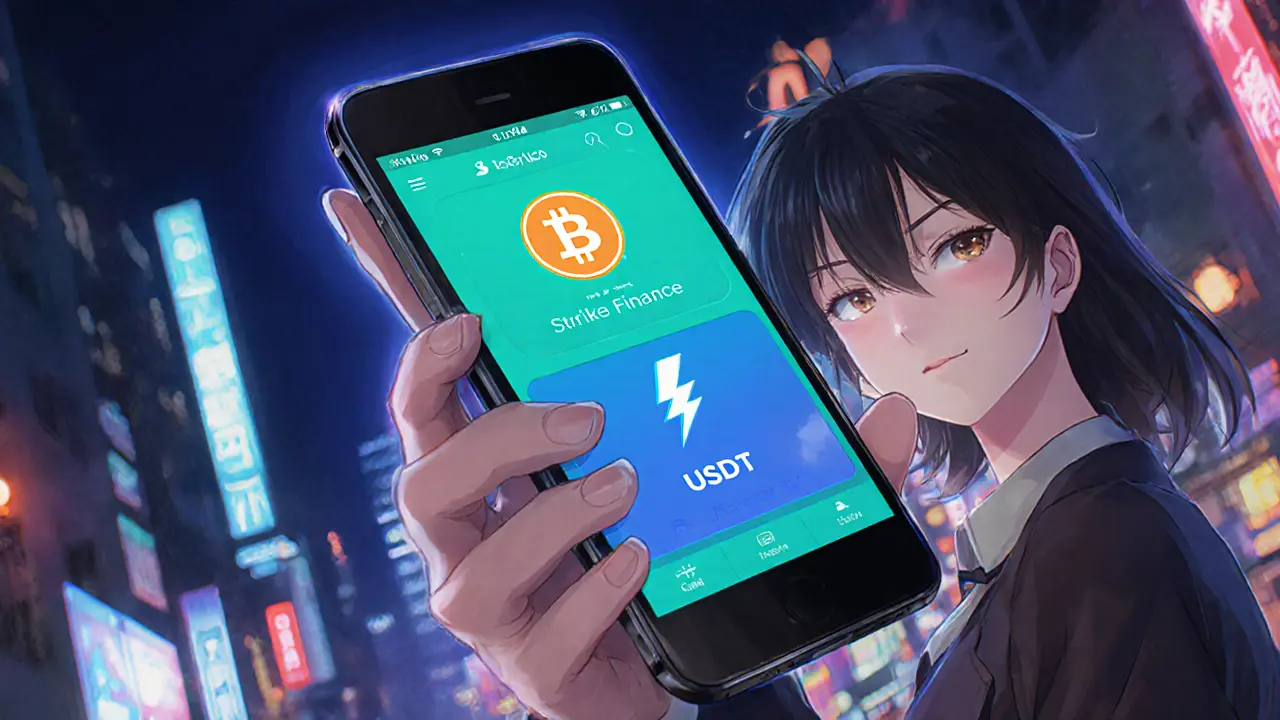Lightning Network: Instant Bitcoin Payments Made Simple
When working with Lightning Network, a second‑layer protocol that enables instant, low‑fee Bitcoin transactions through payment channels. Also known as LN, it extends Bitcoin’s capacity without altering the base blockchain, you’re essentially adding a fast lane to a busy highway. This tag gathers everything from basic how‑tos to deep dives on routing, so whether you’re just curious or already running a node, there’s something here for you.
Why Lightning matters for Bitcoin and beyond
At its core, Bitcoin, the original cryptocurrency that the Lightning Network builds on was designed for security, not speed. The Lightning Network solves that by moving most transactions off‑chain, which keeps the main chain lean and cheap. Payment channels, private, bidirectional links between two parties that settle final balances on‑chain are the building blocks; they let users trade billions of satoshis without each move hitting the Bitcoin mempool. This off‑chain approach is a classic example of Layer 2 scaling, technology that processes transactions above the base protocol, and it’s why micro‑payments, gaming rewards, and instant merchant checkout are finally realistic.
Understanding these relationships helps you see the bigger picture: the Lightning Network enables cheap micro‑transactions, the Bitcoin blockchain provides security, and payment channels bridge the two. When you combine them, you get a system that can handle thousands of payments per second while still benefiting from Bitcoin’s robust proof‑of‑work consensus. That’s why many DeFi projects and crypto wallets are adding LN support – they want the best of both worlds.
For anyone looking to jump in, the first step is usually setting up a wallet that supports LN, like Phoenix, Zap, or Breez. From there, you’ll open a channel, fund it with a few dollars worth of Bitcoin, and start sending payments instantly. The process might sound technical, but most modern wallets automate channel management, so you can focus on using the network instead of babysitting it. Our articles break down each stage, from opening the first channel to troubleshooting routing failures.
Beyond basics, the tag also covers advanced topics such as multi‑path payments, atomic swaps, and privacy enhancements like onion routing. These concepts show how the Lightning Network continues to evolve, adding features that address earlier limitations. For example, multi‑path payments split a large amount across several routes to increase success rates, while atomic swaps let you exchange assets without a trusted intermediary.
Security is another hot theme. While LN reduces on‑chain fees, it introduces new risks like channel liquidation and routing attacks. We explain how to monitor channel health, set appropriate fees, and use watch‑towers to protect against fraud. Understanding slashing penalties on other proof‑of‑stake chains, as covered in our separate guides, also provides a broader view of how blockchain ecosystems manage risk.
All of this content is curated to give you practical insight before you dive into the individual articles listed below. Whether you’re after a quick definition, a step‑by‑step setup guide, or a deep technical analysis, the collection under the Lightning Network tag has you covered. Keep reading to find the exact piece that matches your current need and start making fast, cheap Bitcoin payments today.
Strike Finance Crypto Exchange Review - Fees, Features, and How It Stacks Up
A detailed review of Strike Finance covering fees, Lightning Network features, security, pros, cons, and how it compares to other crypto exchanges.

